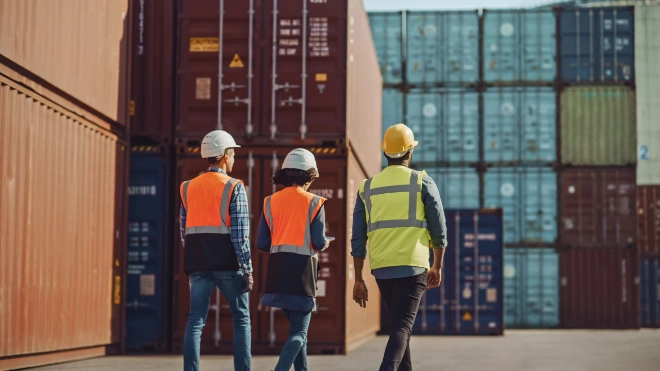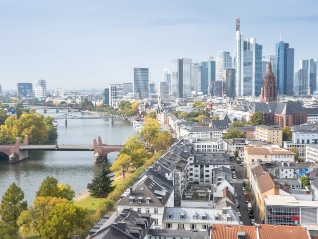Atradius Atrium
Uusi online-palvelumme Atrium tarjoaa helpon pääsyn sopimustietoihin ja luottolimiittien hakuun.
 Suomi
Suomi











Katso lisää tietoja







Katso lisää tietoja







Katso lisää tietoja